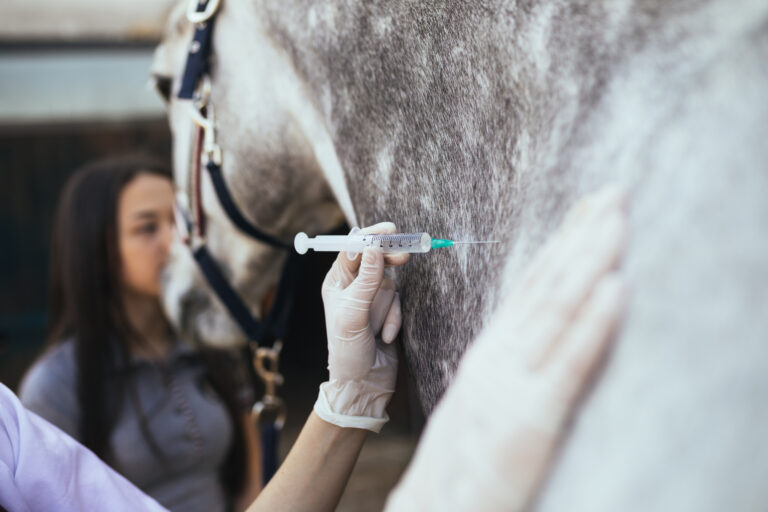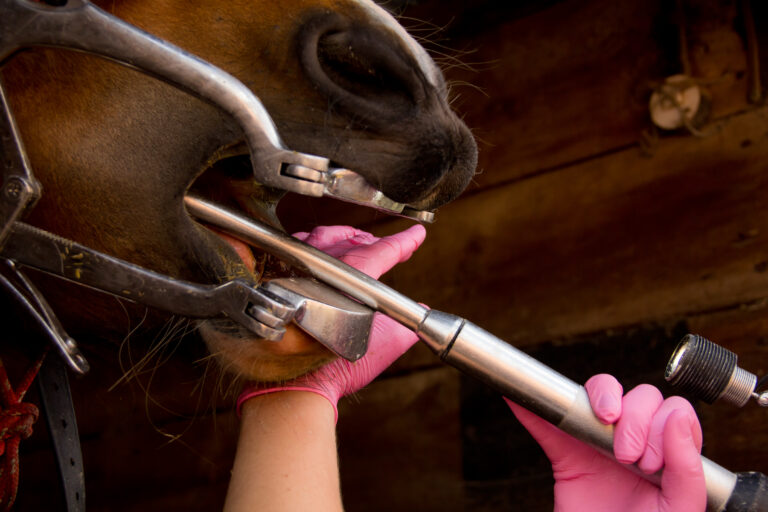
Currently, testing for plasma adrenocorticotropic hormone (ACTH) concentrations is the primary diagnostic method for pituitary pars intermedia dysfunction (PPID) in horses.
Kelsey A. Hart, DVM, PhD, DACVIM (LAIM), the Hodgson Chair of Equine Studies and Director of the DVM-PhD Program at the University of Georgia College of Veterinary Medicine, recently evaluated a new ACTH point-of-care (POC) test (TRUFORMA, manufactured by Zomedica and released in fall 2023). She conducted her research alongside colleagues Londa Berghaus, MS, and Alec Green and presented it at the 6th Global Equine Endocrinology Symposium (GEES), hosted by Boehringer Ingelheim Inc. in January 2025 in Ocala, Florida.
The authors noted that this research had not been previously presented.
ACTH Study Objectives
Accurate equine ACTH measurement “typically requires careful sample handling, timely separation of plasma, and overnight shipment of chilled plasma to an outside lab for analysis,” the authors said.
In cases where horses are prone to laminitis, the delay in getting ACTH results would be undesirable for the proper management of that animal, said Hart.
The researchers explained that a point-of-care assay for equine ACTH (eACTH) recently became commercially available, but it had not been independently validated.
“Thus, our objective was to compare the point-of-care eACTH assay against an accepted chemiluminescent immunoassay used globally for equine ACTH measurement,” they noted. “We hypothesized that the point-of-care eACTH assay would show acceptable agreement with concentrations obtained using the chemiluminescent immunoassay in horses with and without previously diagnosed PPID.”
Study Methods and Results
The researchers used 28 mixed-breed horses that were 9-35 years old. Thirteen horses had a previous diagnosis of PPID based on clinical signs and resting or TRH-stimulated ACTH concentrations. Six of these horses were on pergolide at the start of the study, and all 13 were placed on pergolide after the first test. The remaining 15 animals were classified into a non-PPID group based on previous ACTH concentrations, age, and absence of clinical signs of PPID.
“EDTA-anticoagulated blood was collected from all animals on the same days in February, April, and July,” the researchers said. “ACTH concentrations were assessed each month in fresh, chilled plasma by both the point-of-care eACTH assay and via the chemiluminescent immunoassay.”
Hart said there was overall good agreement between the two assays. Her group’s findings were similar to the manufacturer’s findings.
She noted a “larger negative point-of-care assay bias in the PPID animals.”
“For the entire data set, there was good association between the POC-eACTH and chemiluminescent immunoassay results, with the POC-eACTH reading an average of 9.2 pg/ml lower than the chemiluminescent immunoassay. When data from non-PPID animals were examined separately, comparably good association between the two methods was found, and bias improved by 53%. In contrast, when animals with PPID were evaluated separately, association between the two methods remained strong, but the bias increased by 280%.
“When data from each sample month was examined separately in the entire study population and in PPID horses alone, association between the POC-eACTH and chemiluminescent immunoassay remained significant and strong,” Hart added.
Conclusions
Hart described good overall agreement between the point-of-care eACTH and the chemiluminescent immunoassay in both non-PPID and PPID animals. This was true over the winter, spring, and summer months, “although assay bias was increased in PPID animals.”
She said some animals had very disparate results between the two methods that might impact PPID diagnosis.
The Georgia group has collected fall test samples and will conduct further assays, she added.
Related Reading
- Short-Distance Transportation’s Impacts on Equine Endocrine Testing
- Managing EMS and ID Horses
- Implications of Imprecise Sampling Times for TRH Testing
Stay in the know! Sign up for EquiManagement’s FREE weekly newsletters to get the latest equine research, disease alerts, and vet practice updates delivered straight to your inbox.

![[Aggregator] Downloaded image for imported item #18374](https://s3.amazonaws.com/wp-s3-equimanagement.com/wp-content/uploads/2025/09/30140012/EDCC-Unbranded-28-scaled-1-768x512.jpeg)


